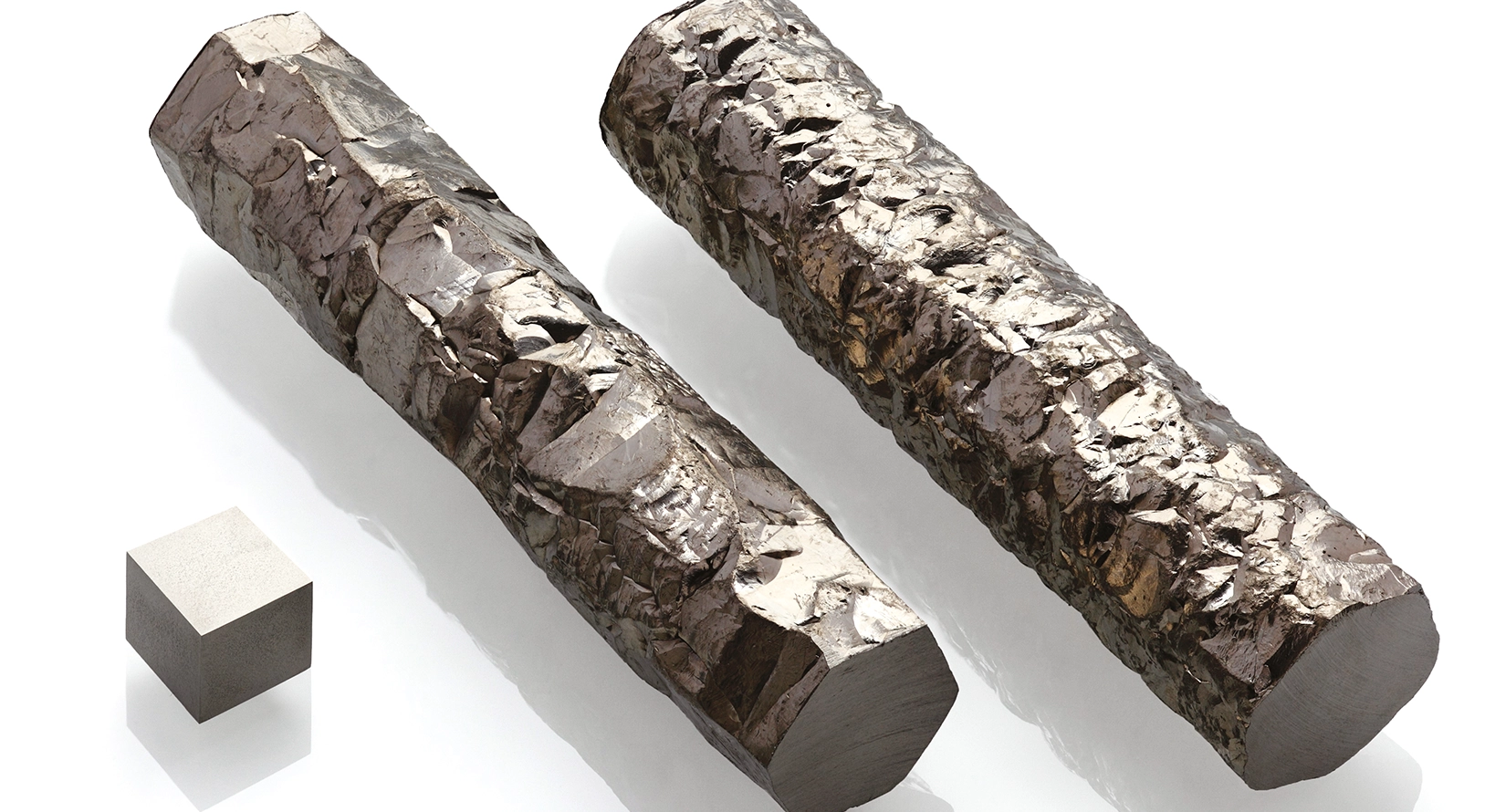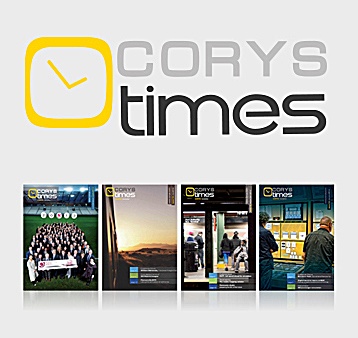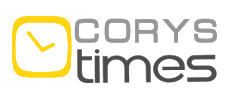“Challenging traditional understandings”

Interview with Stéphane LAGARDE,
Framatome’s Fuel Operations R&D Engineer
Simulation can improve understanding of a unique, complex chemical process and unlock plenty of mysteries, even when the process in question has been around for 30 years – sometimes resulting in a paradigm shift, as Framatome found out with the OTS developed by CORYS for its Jarrie facility in France.
Why does Framatome produce purified zirconium at Jarrie?
Stéphane Lagarde: purified zirconium is an essential component of nuclear fuel assemblies, and we want to be in control of its entire production chain. At Jarrie, the input material is zirconium dioxide (also known as zirconia); this contains another metal called hafnium. Our exclusive purification process involves dividing the amount of hafnium present by 400 to obtain nuclear-grade zirconium.
How were you looking to improve this highly complex process?
The process is multivariable and difficult to measure on line, and we needed faster response times. Our operators already benefit from their experience in control and incident management, but we also wanted them to be able to observe the impact of their inputs on the reaction in real time.
At the same time, we were keen to achieve gains on the process engineering side, amid non-linear effects and counterintuitive interactions. However, the most important thing was of course the purity of the final zirconium.
Was this what led you to invest in simulation?
Absolutely. We wanted to enrich our training, which up till now has been based on theory classes and in-factory mentoring, and reach a better understanding of the complex process. CORYS gave us exactly what we were looking for: genuine experts in chemical engineering; a human-sized company free from red tape; quick, seamless interaction; and at the end of the day, a simulator faithfully replicating reality.
Did you have any surprises when you started using the simulator?
Indeed we did! It provided a perspective that was nothing like the mental image we had built up. I discovered that some variables I thought had an influence on distinct parts of the system actually interacted with each other. I also realised that some non-linear effects were not in fact due to threshold effects, and that some stages in the process did not require any chemistry to achieve thermodynamic equilibrium, simply time.
Although these results challenged our traditional understandings, we were sure they were right: the simulator had successfully passed all its tests and indeed showed us how to correct a long-standing parameter error.
How are you going to be using the simulator for training?
We’ll be creating scenarios with operators covering standard operation and incident management: incidents are very rare, so we need to train people’s reflexes. We’ll also be encouraging trainees to share their experiences, for instance by describing how they reacted in response to a discrepancy, replaying the sequence and discussing it with their instructor.
What’s the outlook for process improvements?
We’ll be able to separate out the role of each variable by means of digital experiments that change just one variable at a time. We’ll be designing and testing more targeted control strategies, evaluating new diagnostic modes, coming up with more corrective action instructions, and so on. The simulator will also help me provide supporting grounds for investment projects by showing decision-makers how a given item of equipment can improve the stability or productivity of the process.





